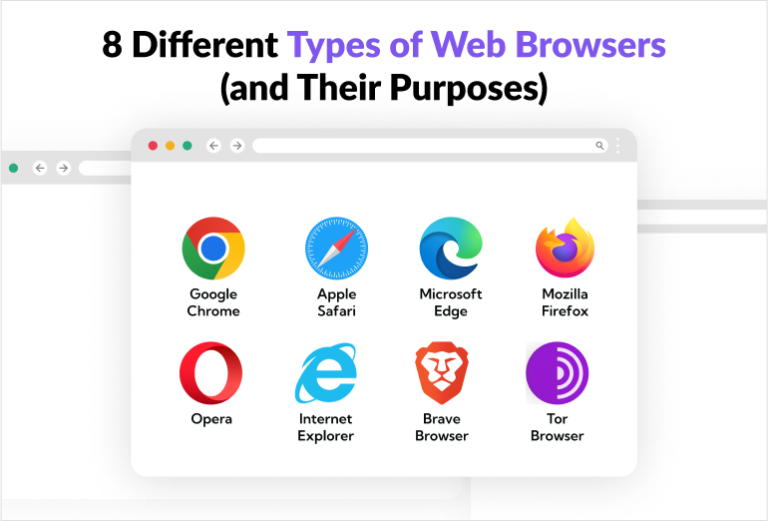
In the rapidly evolving landscape of modern business, effective communication is the cornerstone of success. With the global workforce becoming increasingly distributed, enterprises are recognizing the pivotal role that video conferencing plays in fostering collaboration, enabling remote work, and driving productivity. In this article, we will explore the compelling reasons why every enterprise needs video conferencing as an integral part of their communication and collaboration toolkit.
1. Seamless Collaboration Across Geographies
Enterprises often span multiple locations, and teams can be dispersed across the globe. Video conferencing breaks down geographical barriers, enabling real-time communication and collaboration regardless of where team members are located. Furthermore, remote work becomes not just a necessity but a strategic advantage, ensuring that projects move forward smoothly, deadlines are met, and global talent is leveraged to its fullest potential and allowing enterprises to tap into a broader talent pool and adapt to changing business environments.
2. Improved Efficiency in Meetings
Traditional in-person meetings can be time-consuming and costly. Video conferencing streamlines the meeting process, reducing travel time and expenses. With features like screen sharing, document collaboration, and virtual whiteboards, enterprises can conduct highly efficient and productive meetings without the need for physical presence.
3. Enhanced Customer Engagement
For enterprises, establishing strong customer relationships is paramount. Video conferencing facilitates face-to-face interactions with clients, offering a personalized touch that email or phone calls cannot replicate. This enables enterprises to provide better customer support, conduct product demonstrations, and build trust with their clients.

4. Increased Employee Engagement and Satisfaction
Engaged and satisfied employees are more productive and loyal. Video conferencing promotes a sense of belonging and inclusion among remote and distributed teams. It fosters regular face-to-face interactions, team building, and social connections, contributing to higher employee engagement and job satisfaction.
5. Cost Savings
Travel costs, accommodations, and expenses associated with in-person meetings can add up significantly. Video conferencing reduces these costs, making it a cost-effective alternative for conducting meetings, training sessions, and conferences. Enterprises can allocate their budgets more efficiently while still achieving their communication goals.
6. Environmental Sustainability
Sustainability is a growing concern for enterprises worldwide. Video conferencing contributes to environmental sustainability by reducing the carbon footprint associated with business travel. Fewer flights and commutes mean lower emissions, aligning enterprises with eco-friendly practices and corporate responsibility.
7. Access to Global Talent
Enterprises looking to expand their talent pool beyond local boundaries can benefit from video conferencing. It allows for seamless interviews, onboarding processes, and ongoing collaboration with employees and contractors worldwide. This access to global talent drives innovation and diversity within the organization.
8. Competitive Edge
In a competitive business landscape, enterprises that embrace video conferencing gain a strategic advantage. They can respond quickly to market changes, make informed decisions through effective collaboration, and provide superior customer service. This positions them as agile and forward-thinking organizations.
Conclusion
Video conferencing has evolved from being a convenient tool to a strategic necessity for enterprises of all sizes and industries. It empowers seamless collaboration, facilitates remote work, boosts efficiency, and enhances customer engagement. As the business world continues to evolve, enterprises that recognize the importance of video conferencing are better equipped to adapt, thrive, and lead in their respective industries. In an era where effective communication transcends physical boundaries, video conferencing is not just a valuable asset – it’s an essential component of every enterprise’s communication and collaboration strategy.
![Инстаграм Блог - Исправьте свои проблемы [Советы и рекомендации]](https://wikigeneral.net/wp-content/uploads/2023/05/cropped-Инстаграм-Блог-Исправьте-свои-проблемы-Советы-и-рекомендации.webp)




